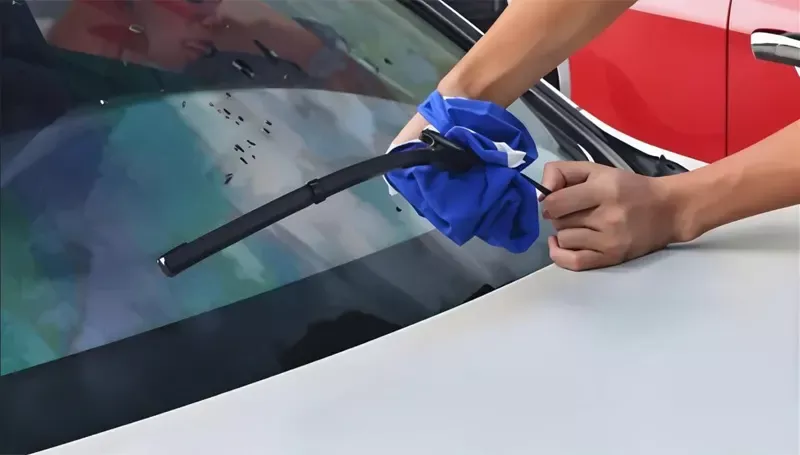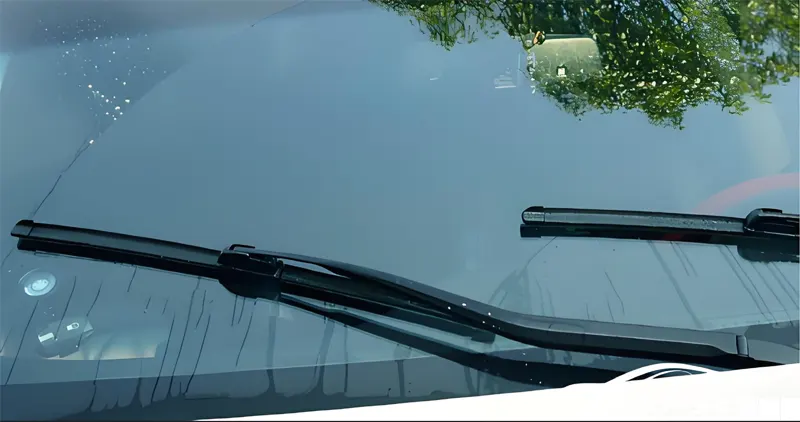How to Make Wiper Blades Like New ASAPWiper blades play a crucial role in maintaining clear visibility on the road, especially during rain or snow. Over time, these blades can lose their effectiveness due to accumulated dirt, debris, and wear. But before rushing to replace them, there are a few quick and easy steps you can take to rejuvenate your wiper blades and restore their performance.
Clean the Blades Thoroughly
Start by mixing a solution of water and a few drops of dish soap or use rubbing alcohol. Both options are effective at breaking down the grime and dirt that collect on the blades over time. Use a soft cloth or sponge to gently wipe down the rubber part of the wiper blades, ensuring that you clean the entire length of the blade. This step helps remove any dirt, road debris, or tree sap that could be causing the blades to streak or perform poorly.
Dry the Blades
After cleaning, use a dry microfiber cloth to carefully dry the blades. It’s important to remove any moisture, as this can contribute to additional streaking when the wipers are back in use. Take your time to dry them thoroughly so no water or cleaning solution remains on the rubber.

Restore Flexibility with a Lubricant
Once the blades are dry, apply a small amount of silicone lubricant or a specialized rubber conditioner. These products are designed to hydrate the rubber and restore its flexibility, which is often lost due to exposure to the elements. Rub the lubricant along the entire length of the blade to evenly distribute it. The lubricant will help the blades glide smoothly across the windshield, reducing streaking and improving performance.
Check for Streaking – Sand If Necessary
After cleaning and conditioning, test the blades by turning on the wipers. If they’re still leaving streaks or not making full contact with the windshield, you might need to go one step further. Take a piece of fine sandpaper (around 600 grit works well) and gently sand the edges of the rubber. This will help remove any rough patches or nicks that have developed over time, creating a sharper edge for better contact with the glass. Be gentle with this step, as too much pressure can damage the blade.
Final Wipe
After sanding, wipe the blades one last time with a clean cloth to remove any remaining dust or particles. At this point, your wiper blades should be in much better condition and ready to provide clear, streak-free wiping action.

By following these simple steps, you can extend the life of your wiper blades and avoid the inconvenience of streaky windshields. It’s a quick process that can save you money and keep your driving visibility at its best. If, however, the blades are too worn or damaged, replacement might still be necessary.

